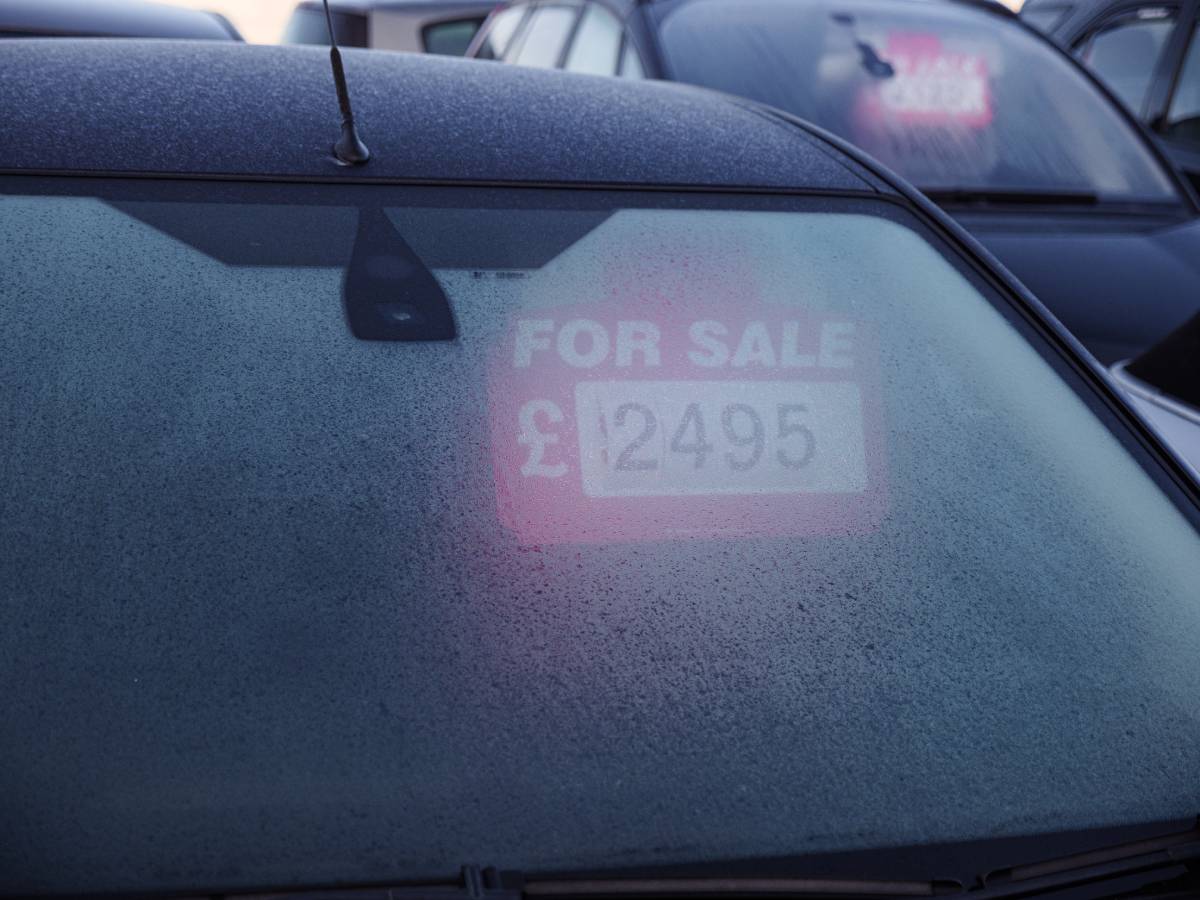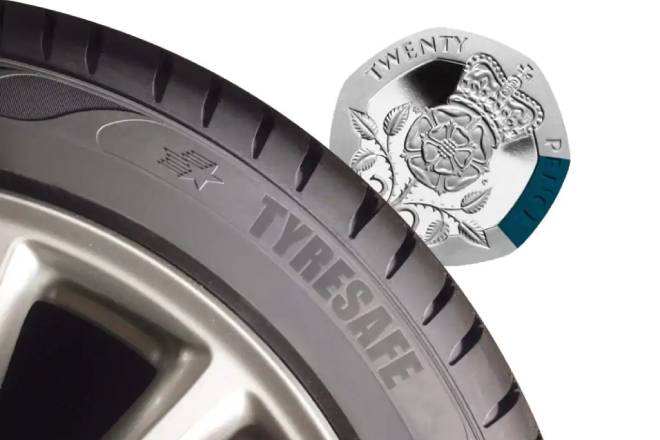There are several questions a customer may wish to ask including:
- “How many miles has it done?”
- “Does it have a full-service history?”
- “Has it sustained any damage or needed repairing?”
However, many drivers purchasing a used car may neglect to check the condition, pressure and tread of the tyres, which could not only contribute to a substantial cost in soon having to replace them, but a greater cost if the tyres are unsafe.

Check tyres before you buy
When buying a used car, your best chance of minimising the risk of being liable to foot the bill for replacing unroadworthy tyres is to inspect them before you buy the vehicle. Very few dealers are likely to compensate buyers for tyres once the vehicle has been bought and driven away, regardless of circumstances.
Tyres are considered a maintenance component, which will wear out, and also one in direct contact with the road environment so it’s susceptible to damage – proving what condition they were in when bought days or weeks ago is not possible.
If you inspect the tyres before you purchase the vehicle, you at least have chance for their replacement to be factored into the price you pay before you become responsible for them. Tyres can also give an insight into how well maintained the vehicle has been.
Differing tyres on each corner indicates it has been run on a budget and without much consideration of best practice as you should never mix tyres on the same axle. If the tyre has a date stamp older than the car, it may also indicate part worn tyres have been fitted, which is again cause for concern.
You might ask yourself, if they previous owner was minimising spend on tyres, have there been any other shortcuts in maintenance?
Don’t dealers have a responsibility to check the tyres?
Yes, but the requirement is limited. Unless otherwise stipulated, a vehicle must be fit for purpose when sold, consequently requiring all tyres have more than 1.6mm of tread when sold.
While some manufacturer “approved schemes” may stipulate minimum tread depth requirements, in general, a car sold by a dealer has to be roadworthy. Which means that tyres would only have to meet the minimum legal requirement of 1.6mm.
What’s more, buying a used car privately means no such scheme is in place, however private sellers have to ensure the car they are selling is also roadworthy.
The car comes with an MOT, that means I’m ok, right?
Not necessarily, particularly if the MOT was not performed in the last few weeks. In that time, and even on one journey, vehicle tyres can sustain damage that could deem them unsafe.
Even in the event that the used car was put through its MOT just prior to selling, the difference between a legal and an illegal tyre is just 0.4mm (or just half the thickness of a bank card.)
So how can I check the tread depth?
Checking tread depth is quick and easy, and all you need is a 20p coin. Place the coin in the grooves of the tyre across several points of the tyre and around the circumference. If none of the rim is showing at any point, the tread may be too low and the tyre may be illegal.
Test driving the vehicle
When you test drive the vehicle, make sure to look out for any warning lights on the dashboard that could indicate low tyre pressure (or other faults). If the vehicle is fitted with a TPMS then you should be able to quickly determine the pressures in the tyres are correct.
How do I know if the tyres are in good condition?
You can visually inspect the tyres yourself, looking for any cuts, bulges, lumps, and bumps. Be sure to remove any stones or foreign objects in the tyres as these could be concealing or obstructing a more serious issue. If you notice any damage to the tyre, then do not drive on it.
If you still wish to purchase the vehicle then have the tyre inspected by a tyre professional at the earliest opportunity and bear in mind that this could incur the cost of repairing or replacing the tyre.
Don’t forget…
Tyre safety doesn’t just stop at the first inspection. Regularly checking your tyres once a month and before long journeys will help to keep you safe on the roads.
If you find an issue with the tyres on a used car and would like to still purchase the vehicle, it is worth negotiating the cost of replacing the tyres into the purchase price, to ensure you are ready and equipped to replace them appropriately.
Even more importantly, the safety of you and your passengers is paramount, so if you proceed with purchasing and you suspect the tyres are near the end of their life, have them checked at the earliest opportunity by a professional.

